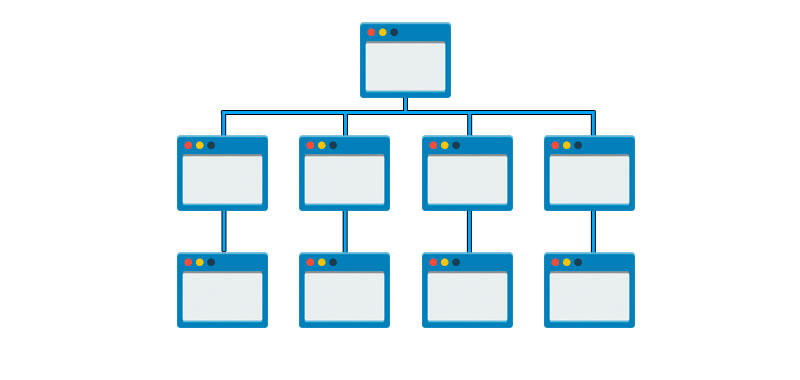A well-structured website enhances both the user experience and its indexability, which has a significant impact on SEO. This boosts the site’s exposure and consequently its traffic, creating a priceless virtuous cycle. But you can Improve Your SEO With Text Organization API.
The key takeaway from this is that beginning with clearly defined taxonomies. We can design and implement menu systems and navigation structures that are as comprehensive and varied as is practical for our website.
One of the most effective uses of taxonomies is actually organizing material through navigation structures. For example, WordPress has features that make it quite easy to put this usage into practice.
For reasons of opportunity, we will use the case of our own website since we will need to show functions of the WordPress dashboard, without claiming to be exemplary.

What does the taxonomy of a website mean?
It is a part of the information architecture of the website. It’s a system that focuses on categorizing and arranging information such that it’s easy to use and comprehend. Users may find what they’re looking for by leveraging the categories, attributes, and added value that your products have.
How are the terms chosen for our taxonomy?
There are various inputs at the time of selecting the terms that will be part of taxonomy; some of them, in the case of websites, whether they are e-commerce or media, may be concurrent. To name a few of them, without claiming to be exhaustive:
Terms…
…used by users in the web search, therefore, the input can be keyword research.
…specific to the area of knowledge or the area of activity of the site; if applicable, therefore, the input can be dictionaries and encyclopedias, as well as Wikipedia or the Unesco macrothesaurus.
…used by users in the internal search of the site, therefore the input can be the analytics of our website.
Own terms in the contents of the site, therefore, the input can be an analysis of the contents of the documents, pages, or contents of our site.
In the media taxonomy, it can be seen that the terms used by the categories and subcategories clearly have a combined origin. For example, see The Guardian taxonomy for a category like News (but isn’t that all “news”?) or a subcategory like World Cup 2018, etc.
Add SEO to your taxonomy to improve it
Make sure your material is simple to find and understand for both customers and Google crawlers. Use a keyword strategy that enables it to be incorporated into the URLs and product details. And while dealing with numerous products can occasionally sound challenging and complex, we advise you to stick to the broad categories or the “breadcrumbs” that let you go back. Along with assisting your clients, this will also help Google comprehend the layout of your website, increasing your relevance across many categories.
Spend Your Time Efficiently On Your Website’s Taxonomy With Text Classification IAB Taxonomy
The Content Taxonomy has evolved over time to provide publishers with a consistent and easy way to organize their website content. For example, to differentiate “sports” vs. “news” vs. “wellness” material. IAB Tech Lab’s Content Taxonomy specification provides additional utility for minimizing the risk that content categorization signals could generate sensitive data points about things like race, politics, religion, or other personal characteristics that could result in discrimination.


